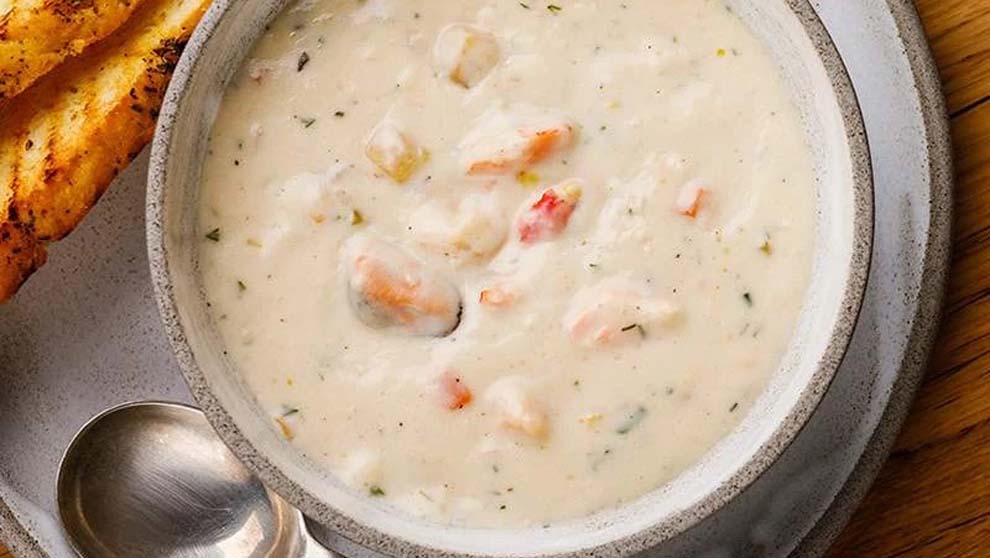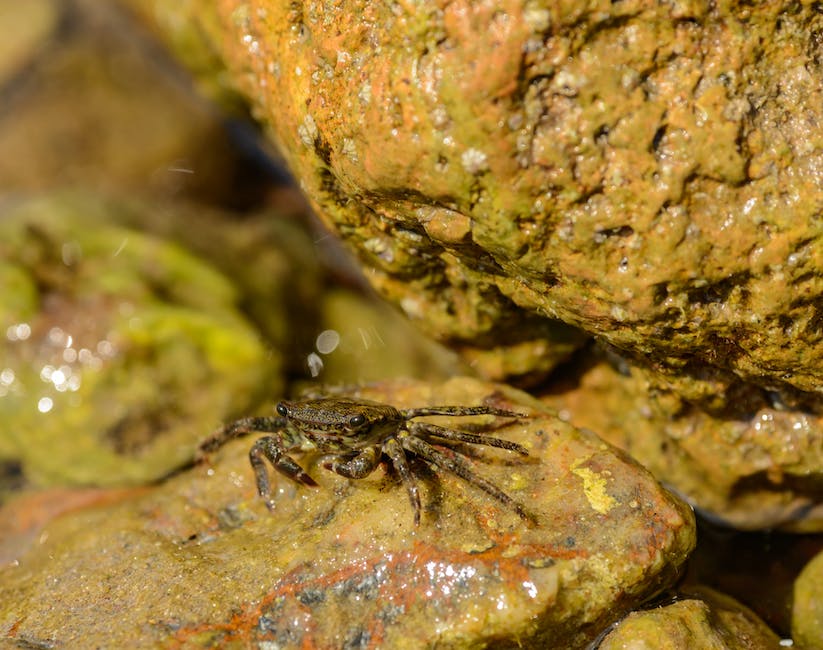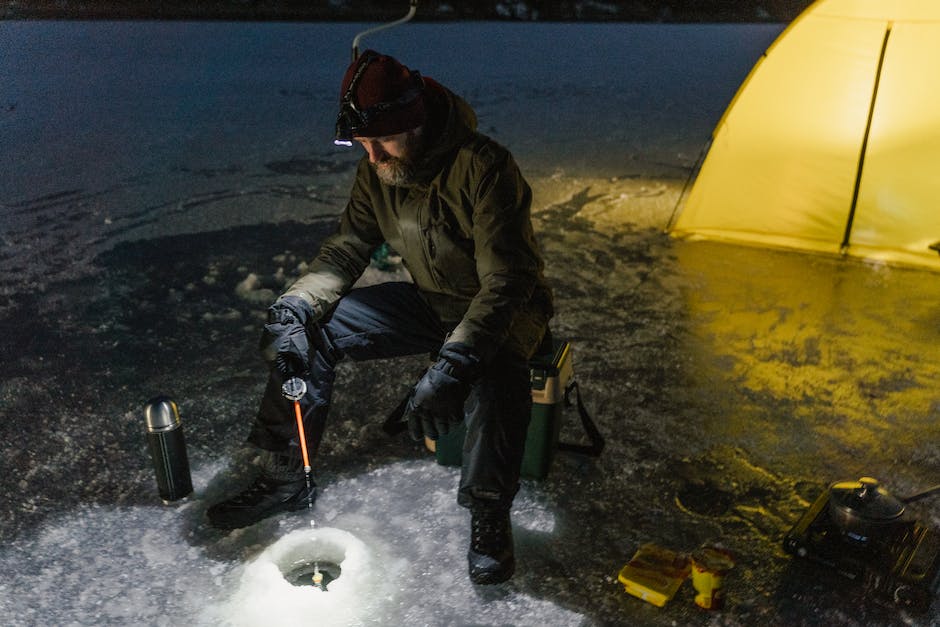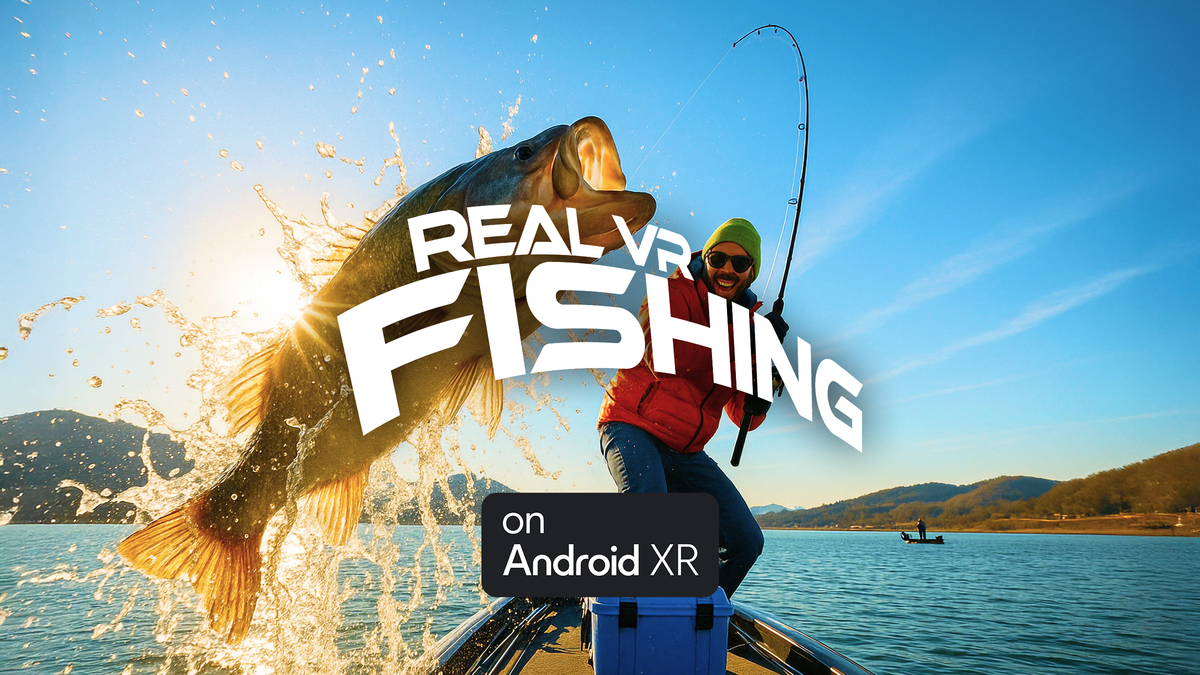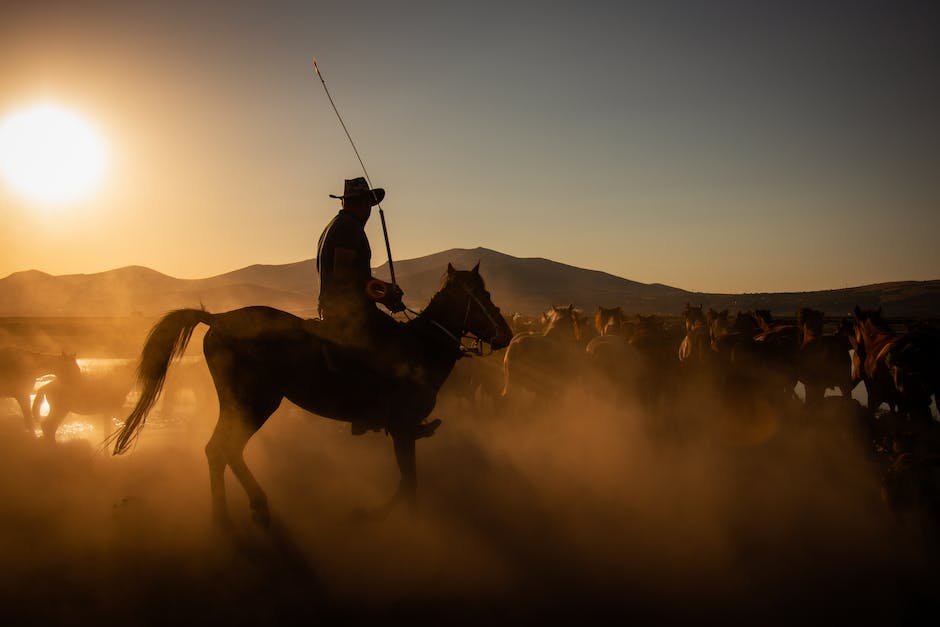
Riding The Alaskan Waves: Techniques Of King Crab Fishing In The Bering Sea
Have you ever wondered what it takes to catch king crabs in the Bering Sea? It's not an easy task, but with the right techniques, it can be a successful and rewarding experience. Here are some tips on how to ride the Alaskan waves and catch those elusive king crabs.
First and foremost, it's important to have the right equipment. A sturdy boat, crab pots, and bait are essential. The boat should be able to handle the rough waters of the Bering Sea and have enough space to hold all the crab pots. Crab pots are large cages that are used to trap the crabs. They should be made of durable materials and have a secure locking mechanism to prevent the crabs from escaping. Bait can be anything from fish heads to chicken legs, but it should be something that will attract the crabs.
Once you have your equipment, it's time to set the crab pots. The key to successful king crab fishing is to know where to place the pots. Look for areas where the crabs are known to congregate, such as rocky areas or near the edge of the continental shelf. Drop the pots to the bottom of the sea floor and mark their location with a buoy. It's important to check the pots regularly, as the crabs can quickly eat the bait and escape.
When it's time to retrieve the pots, it's important to be careful. King crabs have sharp claws and can be dangerous if not handled properly. Use gloves and a hook to carefully remove the crabs from the pot. It's important to measure the crabs to ensure they are of legal size. Any crabs that are too small should be released back into the sea.
Another important technique in king crab fishing is to work quickly. The longer the crabs are out of the water, the more stressed they become. This can affect the quality of the meat and reduce the value of the catch. It's important to have a system in place for quickly removing the crabs from the pot, measuring them, and returning them to the water.
Finally, it's important to follow all regulations and guidelines for king crab fishing. These regulations are in place to protect the crab population and ensure sustainable fishing practices. Make sure to obtain all necessary permits and licenses before heading out to sea.
In conclusion, king crab fishing in the Bering Sea can be a challenging but rewarding experience. With the right equipment, knowledge, and techniques, it's possible to catch these elusive creatures and bring home a valuable catch. Remember to work quickly, handle the crabs with care, and follow all regulations for sustainable fishing practices.
Popular Blog Posts
Latest News
About our Website
Step right into Wild-Crab, where the crabby seas meet the kitchen. No matter if you're an avid crab hunter or a culinary connoisseur of crab delicacies, we've got your back. Our ambition is to spread the elation and thrill of crabbing to every kitchen and fishing boat out there.
Looking to excel in the fine art of crab hunting or create a mouth-watering crab cuisine in the comfort of your own kitchen? You're in luck! Our recipe compendium is specially crafted to cater to both seasoned crabbers and culinary rookies. Our detailed instructions are easy to follow and designed to propel your crabbing prowess to new heights, whether you're standing on the sandy shores or stirring up a culinary masterpiece in the kitchen.
Resources
Quote of the Day
"If an architect makes a mistake, he grows ivy to cover it. If a doctor makes a mistake, he covers it with soil. If a cook makes a mistake, he covers it with some sauce and says it is a new recipe."
– Paul Bocuse

